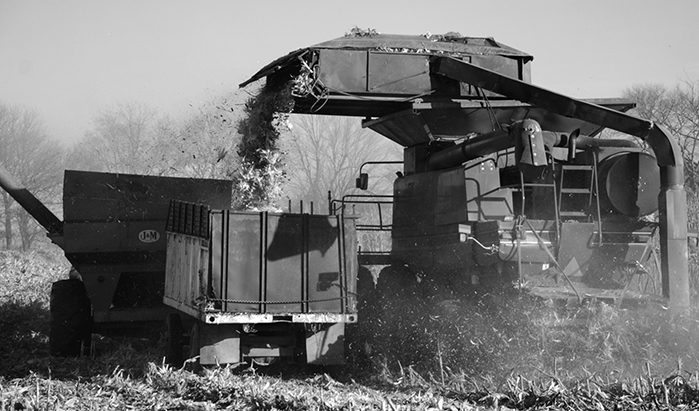No-Till Farmer
Get full access NOW to the most comprehensive, powerful and easy-to-use online resource for no-tillage practices. Just one good idea will pay for your subscription hundreds of times over.

Corn Stover has generated a lot of attention as a potential new source of plant biomass to produce ethanol. Stover is readily available with no-till corn production, and could provide an additional revenue stream.
But locked inside that corn stover are critical nutrients. If no-tillers are considering taking stover out of fields, they also must work into their fertility plans the amount of nutrients they’re taking away from the soil.
“Most producers are familiar with harvesting corn for grain and less familiar with other plant biomass removal,” says John Sawyer, soil fertility specialist at Iowa State University. “Those harvesting corn silage are aware of the increase in phosphorus and especially potassium removed at harvest, and fertilization guidelines consider an increased need to replace these nutrients.”
For example, the pounds of phosphorus removed from a bushel grain equivalent versus that of silage corn is 0.375 to 0.55 pounds. The pounds of potassium goes from 0.30 to 1.25, respectively, for grain corn versus silage corn.
The first thing to consider when removing stover is the amount of phosphorus and potassium not placed back into the soil, Sawyer says. It’s easier to assess when just removing grain. However, it can be more difficult with stover.
“Phosphorous and potassium levels can be quite high in corn stover, even more than in grain,” Sawyer says.
In corn stover, the nutrient concentration at plant maturity is 5.9 pounds per ton for phosphorus (P2 O5) and 25 pounds per ton for postassium (K2O)…